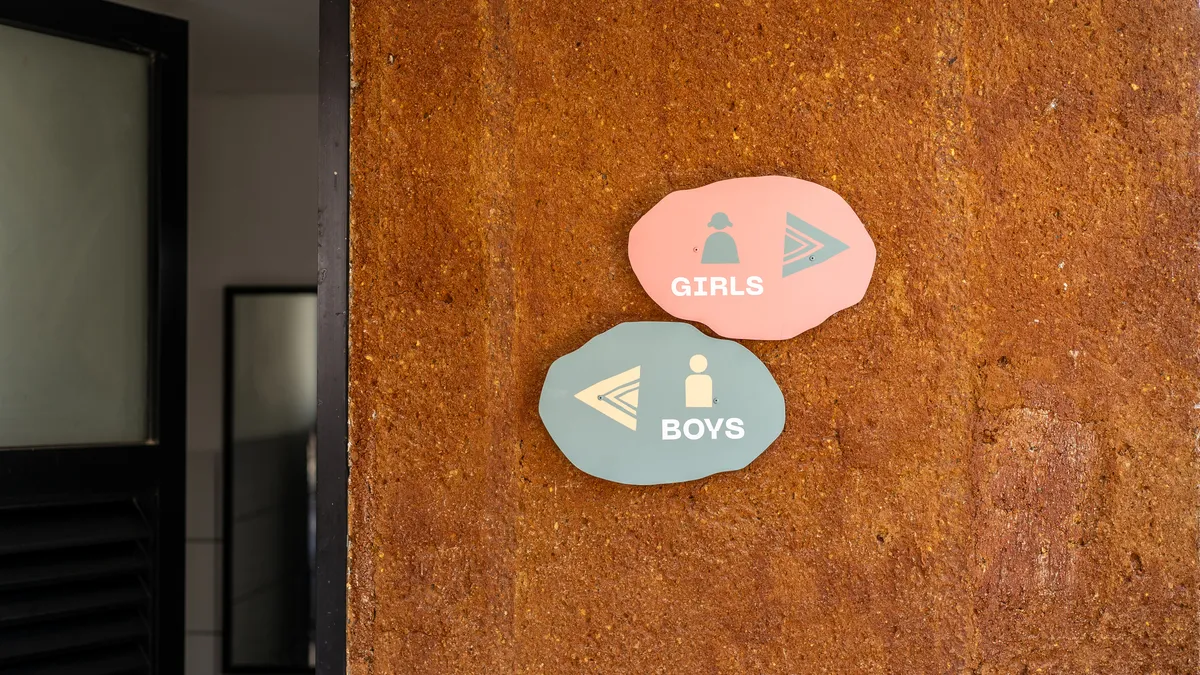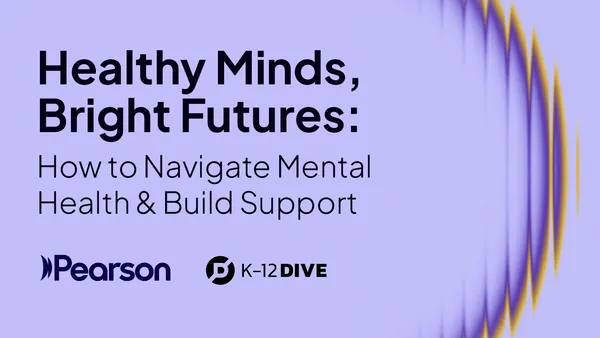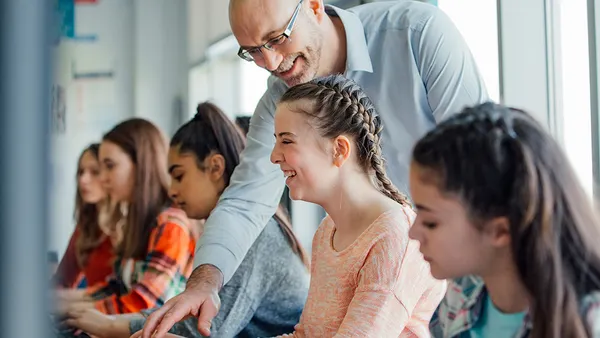Classroom observation: it’s one of the most powerful PD tools available for educators. As ANet’s chief program officer, I’ve seen firsthand the insights leaders and teachers uncover when observing others—whether within their own buildings or at an unfamiliar school. Observations offer opportunities to reflect, grow, and innovate.
But simply sitting in on a lesson or meeting won’t lead to transformative results unless you know how to make the most of an observation. The process must be intentional, and it’s a process everyone can hone.
An effective process deepens learning.
A few years ago, I visited Brooke Charter School, a high-performing school in East Boston, Massachusetts, with ANet founder John Maycock and a group of experienced school system leaders. We wanted to learn about their strong instruction and, at the same time, test and refine a new observation framework we were working on.
Our time at Brooke remains influential for all of us—and the protocol we developed is one that any leader can use to maximize the benefits of observation.
1. Develop a common observation tool with clear language and measurable actions.
To make the most of our visit, we anchored our observations in Edward Brooke’s “vision of excellence” documents. The Brooke team builds their instructional documents around a clear and explicit teacher-development purpose. There are no boxes to check and no leveled grading system. The documents state in plain language what we should expect to see and hear when we walk into a classroom. This makes expectations for strong teaching unambiguous and accessible.
2. Return to your vision again and again.
At Brooke, we spent an hour discussing the vision document before entering classrooms together. This kind of preparation, which can include grade-level standards, instructional priorities, and principles of equitable instruction, can help you form a clear picture of the evidence you’re looking for. For example, the vision doc stated:
“Students must be pushed to articulate their process, even when that articulation is a struggle. It is insufficient for students to be able to get the right answer—they must also be able to explain how they got it and why that is correct.”
As we observed classes in action, we paid close attention to whether teachers successfully drew out this kind of metacognitive reasoning.
Common language and concrete, observable actions got everyone on the same page and let all participants—both observers and those being observed—maximize our learning.
3. Review lesson plans and collect student work to determine impact.
We reviewed lesson plans before our observation to ensure we understood the teacher’s approach, the essential question and related tasks, and the targeted standards. Once the lesson began, we checked the language of the standards again: how did it compare to the language the teacher was using? We took pictures of student work as a resource for discussion after the observation. Would we find that students had produced the kind of work the standards demanded?
4. Observe classrooms as one group, not a series of smaller parties.
For a shared experience, we visited each classroom as one group of 10—something students and teachers at Brooke were used to. Following this approach, rather than dividing into small groups, helped us achieve a higher quality of feedback: we were able to share learning among ourselves and benefit from a variety of perspectives. These advantages more than offset the challenges of a large group size.
5. Remember that, ultimately, a culture of continuous learning beats any document.
What makes Brooke’s system so high-performing? Teaching quality plays a huge part, but so does its culture of continuous learning. It’s not just their “vision of excellence” documents or their process for observations—it’s an unwavering commitment to getting better all the time. Instructional observations take place weekly, and their purpose is consistent: to support every teacher’s constant improvement.
Teachers own their development: they lead post-observation debriefs, seeking feedback and reflecting on their own progress (a contrast to the defensive posture we’ve all seen observations trigger in other settings). We saw this play out during our observation—and every leader planned to take elements of this process back to their systems.
Our group of leaders at Brooke came from across the country. We’d never been to Edward Brooke or completed an observation together. Yet our collaboration, and the great example set by Brooke’s teachers and leaders, furthered our collective understanding of excellence in teaching and enabled us to create a process of group observation to support great instruction in our own institutions.
You can replicate this powerful experience. Our lessons from Brooke can help any school or district develop the open, honest, and vulnerable reflections vital to reaching the level of teaching all children deserve.





 Dive Awards
Dive Awards




